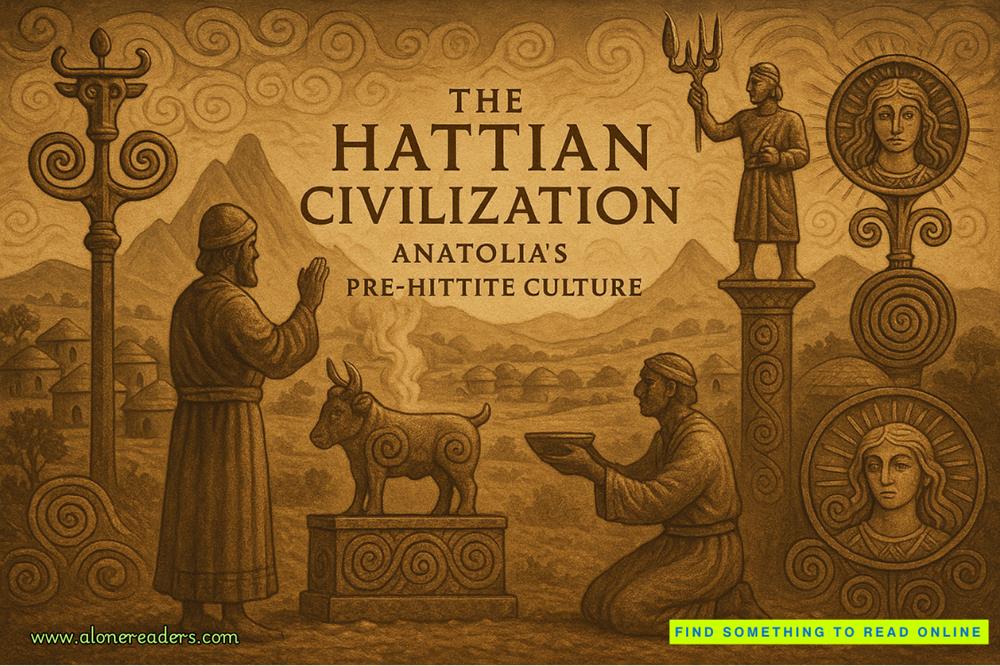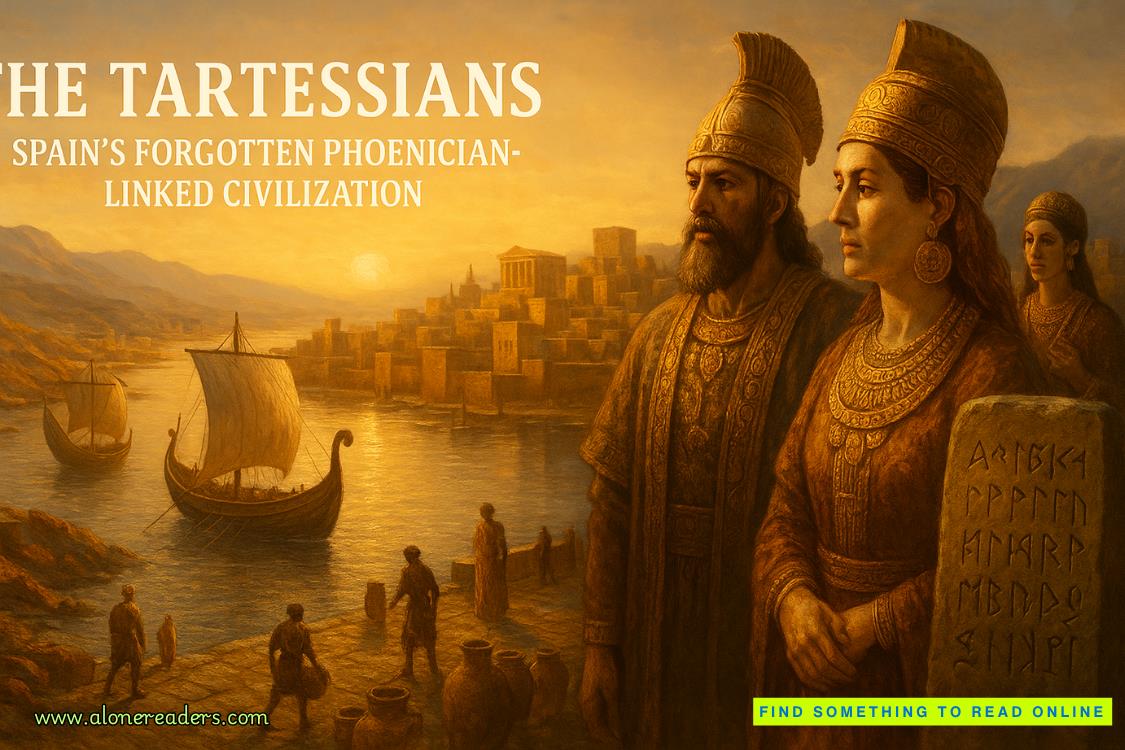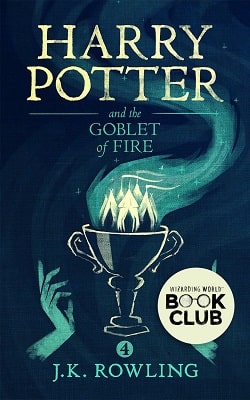The reports yielded no good answer for the week’s delay. But several were signed by a detective named Joe Fisher. That was a name I had run across before. He was a legend in the Phoenix department, an investigator who had worked on all the big cases in the 1930s and 1940s. So it made sense he would pick up the Yarnell case. I unconsciously ran my fingers across the flimsy paper. Joe Fisher. This would require a trip to the Police Museum, to learn more about the man who came into the case with the impossible delay of a week.
At the bottom of one typewritten sheet, dated December 5, were the words “see officer’s observations” but I couldn’t find those pages. Damn.
Next I read the arrest report from the little border town of Douglas. It was dated December sixth. A Japanese fleet was taking its position to attack Pearl Harbor. Back in Arizona, a man named Jack Talbott was arrested for being drunk and disorderly in his Douglas hotel room. The cops found five hundred dollars on him in hundred-dollar bills, with serial numbers matching those in the bag that Morgan Yarnell had left at the train station. They also found what were described as “bloodstained children’s clothes.” A news clipping said the boys’ father identified the clothes as belonging to Woodrow and Andrew.
Next I picked through the photos to find a mug shot from the corrections department. It showed a thin, sharp-featured young man with dark hair. He had mocking, merry eyes, not the look of zombie-like disorientation common to many who face the booking camera, whatever the era.
Talbott wasn’t alone. A news story told of a young woman found with him, Frances Richie, age twenty-four. She was called his girlfriend, and charged as an accessory in the crime. She was pictured in a smart suit with a slouch fedora. Beneath the hat was a pretty face with delicate lips and large eyes. She didn’t look like Talbott’s type, but I had been wrong about that kind of thing before. After searching in vain for any police report on Richie, I set her photo next to his.
The trial transcripts and the newspaper accounts were unanimous in portraying Jack Talbott as everything that would horrify stolid Depression-era America: young, male, rootless, with a penchant for liquor, gambling, loose women, and the company of petty Phoenix hoodlums. Nowadays, he’d just be living an alternative lifestyle. He grew up in an orphanage back East and did time as a teenager for burglary. Then he hopped a freight train for the desert.
Talbott ended up doing odd jobs around the Yarnell house, sometimes filling in as chauffeur for the family. Meanwhile, he had gotten in over his head with gambling debts. To the county attorney, those things spelled opportunity and motive. In 1943, Talbott was executed at the state penitentiary in Florence. Richie received life in prison. Talbott’s last meal was a steak, which the authorities apparently fulfilled despite wartime rationing. He never confessed to the crime. He never told where the boys were buried.
The files contained no mention of the old building where we found the skeletons. Nor was there a report of a missing pocket watch. Most of all, I wondered: Why had this powerful family waited a week to call the cops?
I rubbed my eyes, nursed a paper cut, stood up and stretched, then sat back down to go through it all over again, this time making notes. By the time the clerk came by to tell me the warehouse was closing, I had several pages written and I was ready for a break. As Hawkins said, just a nine-to-five job.
Chapter Six
There weren’t many old buildings left in Phoenix, but I worked in one: the old city-county building at Washington and First Avenue. Finished in 1929 just before the stock market crashed, the five-story courthouse was a mélange of Jazz Age ambition and Hoover utility under a vast red-tile roof. On the city hall side, art deco Phoenix birds rose up grandly to bolster the brown sandstone. It must have been the most imposing building in Phoenix when this was a farm town with a population of 48,000. Later, it served as Phoenix police headquarters into the 1970s. Now, with nearly three million people spread across the Salt River Valley, the building sat like a museum piece surrounded by the monotonous glass and concrete boxes of downtown.
It was Wednesday and my ankle hurt worse. The elevator was still out; with the building nearly empty except for the marriage license bureau in the basement, the county wasn’t in a hurry to fix it. I limped up the winding staircase, leaning on the wrought-iron railing as I climbed past the empty hallways of dark wooden doorframes, 1930s light fixtures and Spanish tile floors. I was on the fourth floor, which was mostly used as storage for who-knew-what old city and county records. Outside my office at the end of the hallway, a county maintenance crew had attached a new sign that said, Deputy David Mapstone, Sheriff’s Office Historian. It still looked strange to me.
The office was big and airy, with large windows looking out on the arid Patriots
Square across the street, and the massive new ballpark several blocks east. Other walls were lined with law books and old records, long forgotten by the county. The furnishings were strictly courthouse castoffs: large desk, a couple of tables and straight-back chairs, all of dark, heavy wood. I had brought in a watercolor print by a Santa Fe artist. It reminded me of a trip to New Mexico a few years before, but it bugged Peralta, who had no taste for even the slightly abstract.
I certainly didn’t need the office—I could work at home on the laptop or find a cubicle at the sheriff’s headquarters a block south—but I liked it. It had a wonderful dingy, 1940s quality. Years before it had been the sheriff’s private office before it was relegated to storage and then forgotten, until Peralta commandeered it for me. “It will give you structure,” he had said. But I also knew it would allow him to keep an eye on me but not have me close enough to make the regular deputies at Madison Street uncomfortable.
I cleared off a scuffed wooden courtroom table as my Yarnell workspace. Lindsey was trying to teach me to use computerized spreadsheets and expert programs to organize my information. But I still found comfort in index cards, sheets of paper, a white board, and a cork bulletin board. If the stories about computers melting down on New Year’s Day 2000 were true, my old-fashioned tools might be best. Still, I used my Mac PowerBook for writing, e-mail, and surfing the Net, using about ten percent of its capabilities, Lindsey chided me. Whatever worked. I wanted to deliver a report to Hawkins and Peralta in two weeks at the most.
“Hey-yo, Mapstone.”
Carl, the building security guard, was standing at the door. Flush-faced and white-haired, with a thin British army officer mustache, Carl was retired from the Arizona Highway Patrol. He still carried himself with the bearing of a member of an elite law enforcement agency, but he was also very lonely and could talk the entire morning away.
“Another beautiful day in Phoenix,” Carl said, examining the doorjamb for who-knows-what. “God, I hate days like this. It’ll only make those damned people from the Midwest want to move out here for good. Then they’ll bring all their problems. Then they’ll enact a slew of new laws and make things just like what they wanted to get away from in Minnesota or Illinois.”
“I know.” It was an old discussion, among Arizonans and between Carl and me.
He moved into the office and leaned against the edge of the desk.
“I see you found the Yarnell twins Monday night.”
He pointed to the copy of the Republic sitting on my desk. Lorie Pope had a Page One story on the discovery of the skeletons. It included photos of Peralta and me, as well as historic shots of young Andrew and Woodrow Yarnell, looking premonitorily unhappily at the camera. I didn’t feel guilty about giving the story to her—we had been helping each other for twenty years, since she was a cub reporter and I was a rookie deputy thrown together on a long-ago crime scene.
“It was a hell of a case,” Carl said. “I was here when it happened.”
“You would have been…?”
“I was born the same year they finished this building,” he said firmly. “That was 1929. I was 11 years old when the kidnapping happened. Nothing like that had ever happened in Phoenix. Those two poor little boys…”
I politely motioned for him to sit down, but he ignored me and kept standing. “It was all my parents talked about at the time,” he said. “The Lindbergh kidnapping was still fresh in people’s minds, you know. And everybody also felt so sorry for the kids’ grandfather, Old Man Yarnell. The kidnapping just killed him. Died of a broken heart, they said.”
“I know he died in 1942,” I said. “Did you ever run across him?”
“Oh, my goodness yes,” Carl said. “A living legend, that’s what he was. Phoenix was a nice little city, but we still had some cowboys and Indians. Real ones. The West wasn’t completely gone.” The words sent a little stab of melancholy through me.
“And Hayden Yarnell…” Carl went on to recount the gunfight at Gila City. Then he told of a scary confrontation that he, Carl, had near there as a young highway patrolman in Eloy back in the 1950s. I tried to steer him back to Hayden Yarnell.















